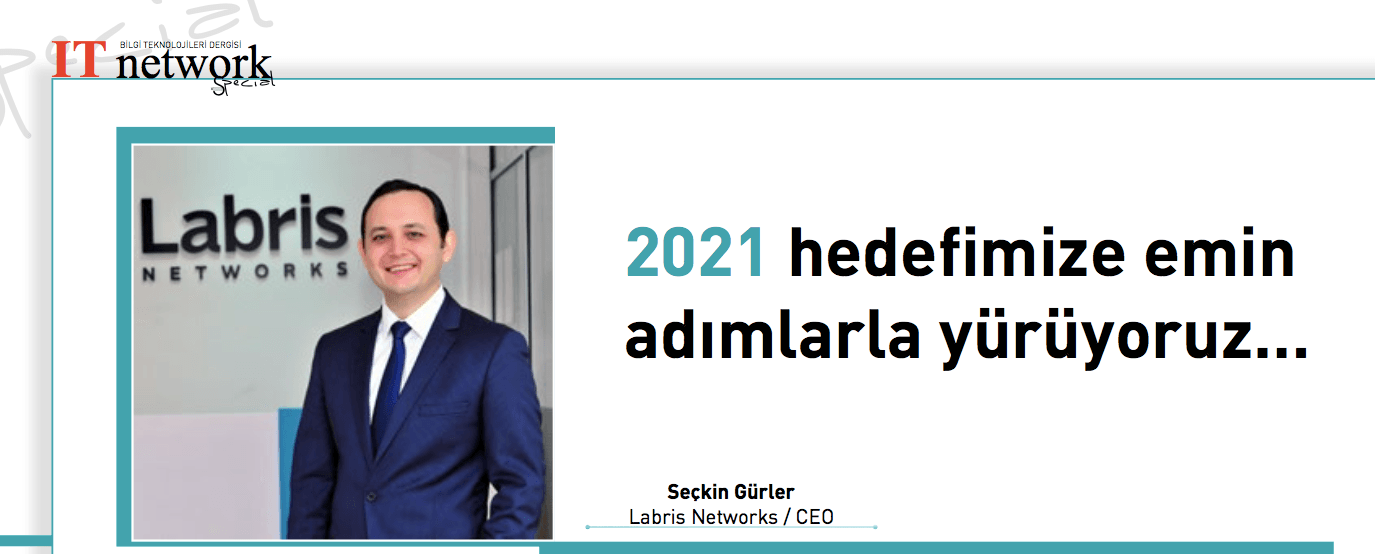
The Number of Connected Devices and the Amount of Data Is Increasing Every Day.
Cloud computing, enabled by virtualization, and the high mobility driven by cloud computing are resulting in a continuous increase in the number of mobile and internet-connected devices. Meanwhile, the exponential acceleration in mobile access technologies—for instance, 150 Mbps on 4G networks and 6.4 Gbps on 5G networks—will make such speeds possible for individual device connections. As infrastructure speeds up, content will be able to take full advantage of it. Internet content will become much more diverse, of higher quality, and will contain significantly larger volumes of data.
Cloud computing, big data, and mobile access are also laying the foundation for another very important concept. We are moving toward a world where today’s unconnected devices are being connected to the internet—known as the Internet of Things (IoT). At Labris Networks, we are preparing for this. Our observations indicate that the number of connected devices, currently 5 billion, is expected to reach 15 billion by 2015. It is also estimated that this number could reach 50 billion by 2020.
As a result, the total amount of data flowing through the internet will multiply many times over compared to today. Network, routing, and management systems will have to adapt to this change. Network systems must be capable of high-speed routing, and management systems must be able to handle a much greater number of network devices with deeper insight and a strong focus on security. This is exactly where SDN (Software Defined Networking) becomes essential.
Without being limited to functions defined by network equipment manufacturers, third-party systems will be able to fully integrate into SDN-based network devices and take on responsibilities such as inspection, security, optimization, and more during the data flow. What began as an initiative by network device manufacturers to optimize high hardware production costs with SDN is now leading to a shift in monopolies within the networking industry and is expected to result in a more participatory network market.
A Different Approach to Security Is Needed.
There are two alternative perspectives on network and system security issues. The first is to expect everything from a product. The second is systematic improvement. In our country, it is often believed that all problems will be solved by products or services provided by ISPs. However, what is truly needed is the establishment of a security management system, strengthening of human resources, and the initiation of a continuous improvement methodology. This will naturally lead to the deployment of necessary products and systems and the organization of incomplete or irregular operations. Transforming an industry that only checks IPS alerts when a security incident occurs into one that examines and improves these alerts within a structured security operations center can reduce concerns significantly.


IT Network Special 2017 Interview
Labris Networks is listed as one of the “Key Innovators” in MarketsandMarkets’ DDoS Protection and Mitigation Market – Forecast to 2021 Report.





